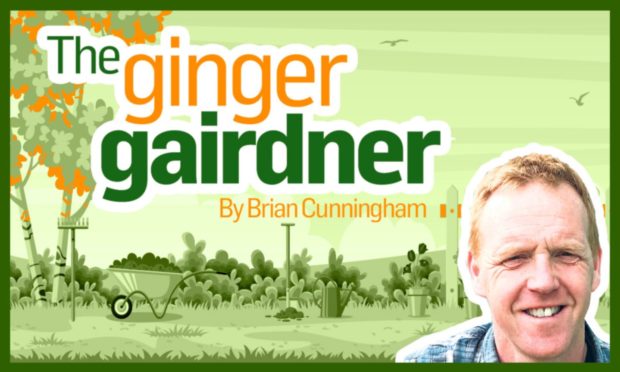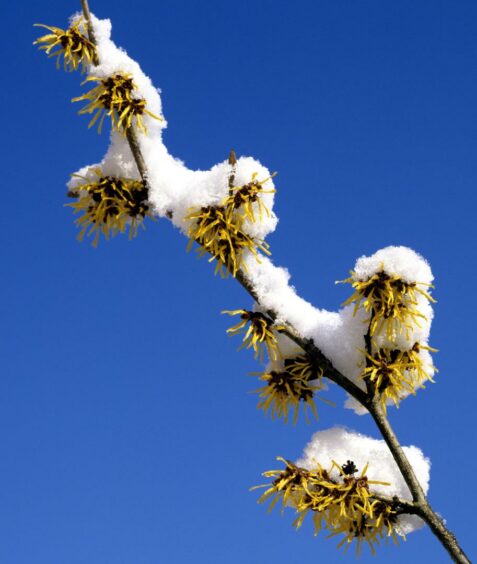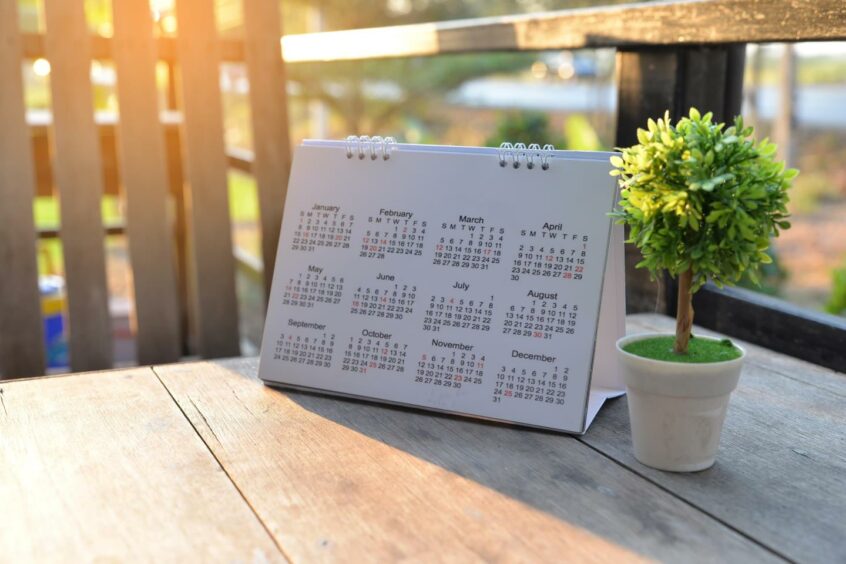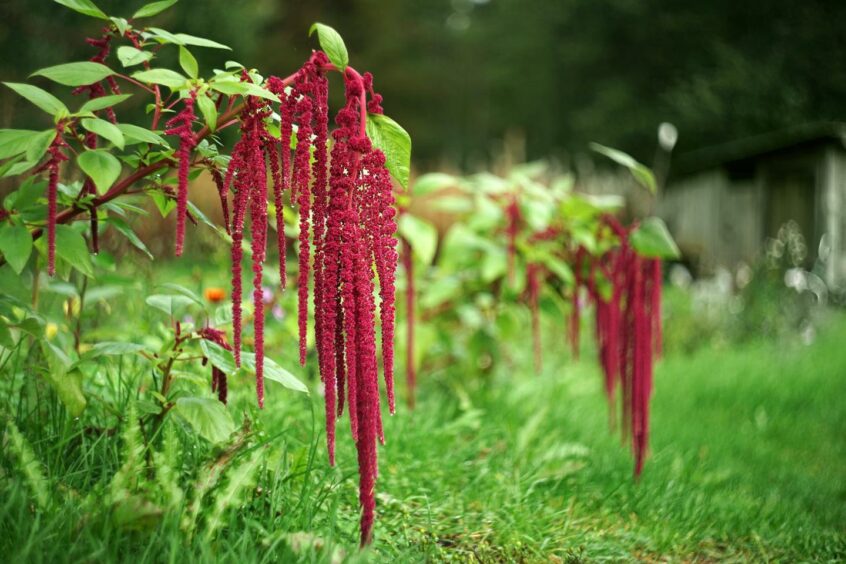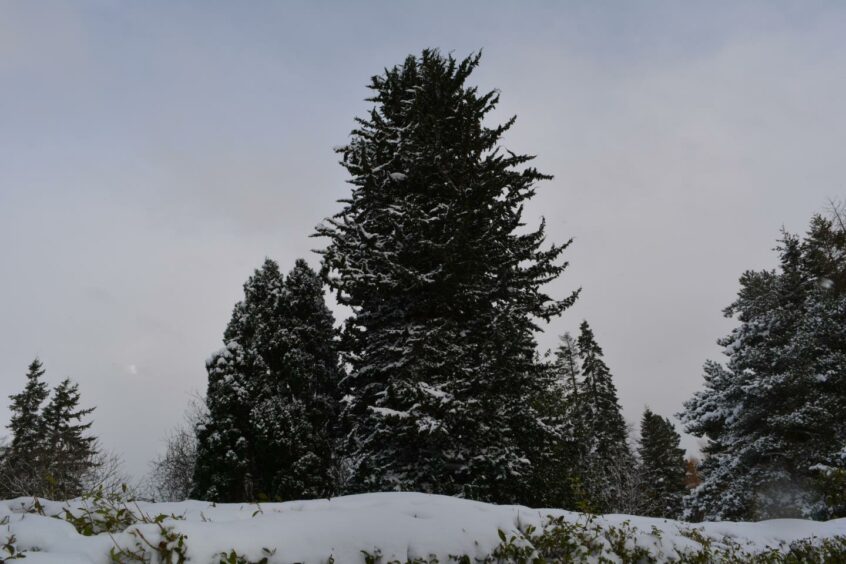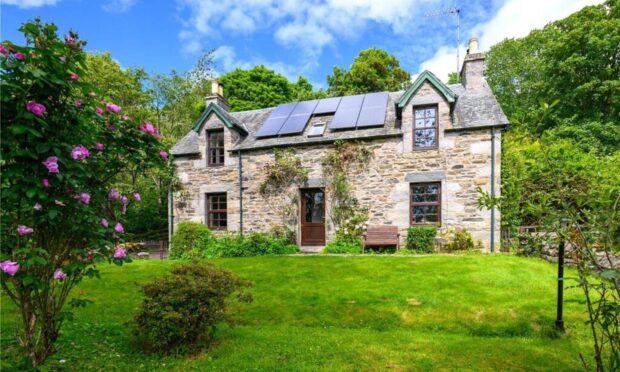I always feel there comes a point midsummer when all seems still and calm in the garden.
I don’t mean the kind of days when there’s no breeze – this is like time is standing still.
I think this feeling comes from the sunlight and warm temperatures having reached their peak.
There’s no more growing weather to come for the rest of the year and the garden is holding it’s breath before letting out a big gasp of air, signalling the unwind is about to begin.
A limited palette
I’m getting a similar feeling just now but in reverse.
Although there is interest to be seen through evergreen shrubs and topiary, colourful winter bedding and from winter flowering shrubs such as the witch hazel, it’s still a limited palette. This time of year definitely sees the garden at its quietest.
We’re in to winter now, the days are more dark than light, meaning I’m spending more time indoors than out with hardly ever a chance to get my hands dirty.
It can feel a bit gloomy at times but I still cant help feel this is actually THE most exciting time of the year.
We’ve past the shortest day, and with every day that passes the world gets a little more brighter.
The only way is up, quite literally, as soon plants will start growing again.
This is it folks, we’re at the start of the new gardening year.
It’s time to plan ahead
One of the first jobs for me is going through the catalogues and deciding what I’ll be growing in the veg plot.
I could have done this a lot sooner as some of them were dropping through the letterbox at the end of last year but I deliberately like to wait until now.
With dreams of colourful lettuce plants in the ground, munching peas straight from the pod and the scent of herbs in the air as I brush past them I don’t think there is any better gardening job to start off the year.
Especially if its beside a warm fire with a mug of tea and its cold and wet outside.
While I’m at it the next seed catalogue I’ll be flicking through will be for selecting colourful annuals.
I love growing a selection of these plants that basically grow, flower and die all in the one year.
They’ll brighten up your garden right until the first frosts in autumn, when Scotland will become just too cold for them to continue.
They’re great for making a bright seasonal display in a dedicated border or just grow a few such Cosmos, Calendula (Scotch Marigold), Amaranthus (love-lies-bleeding) or Moluccella (bells of Ireland) for plugging gaps.
They can be sown direct to the soil once this begins to warm up in spring or, if you want, experience the thrill of sowing a packet of seeds in a tray, and watch them germinate before nurturing and growing them on for planting out.
Hardy annuals are ideal for beginners.
Dried foliage in the frost
I haven’t yet completed all my garden tidy from last year as I left some material from my herbaceous plants uncut so to enjoy their dried out foliage over the winter.
It doesn’t work for every plant, the likes of the Day-Lily (Hemerocalis) just collapses into a mess so I get that tidied up pretty quick.
But the seed heads of Echinacea look lovely especially with a bit of frost on them.
Grasses are great for this too but hang off from cutting their foliage back just a little longer as this will help give the crown of the plant some protection if the winter gets tough.
By the end of January I’ll be getting around to carrying out one of my favourite tasks, winter pruning.
If you grow autumn raspberries then quite simply cut down all the stems to just above the ground.
New growth will begin from spring which will go on to produce new canes that will bear fruit for us.
Pruning deciduous shrubs
Deciduous shrubs that have got too big or out of shape will benefit from some renovation pruning removing thicker and older stems hard back.
When doing this I generally only remove 1 in 4 stems or there will be nothing left to get the plant growing again.
All these jobs are all with the weeks and months ahead in mind, but don’t be fooled into thinking that there’s nothing going on just now.
It’s all happening underground
Already underground the snowdrops are moving, getting ready to give us the first seasonal display of the year in a few weeks time.
In sunnier parts of the garden there are visible signs of them too with the tips of their green shoots starting to poke through the ground.
When the ground isn’t frosty I like to apply a layer of mulch around the groupings of snowdrops in my garden, improving the soil without disturbing the bulbs.
I find this fresh layer of my own garden compost or leaf mould also helps to set them off that wee bit better.
And they say us gardeners don’t do much in the winter!
